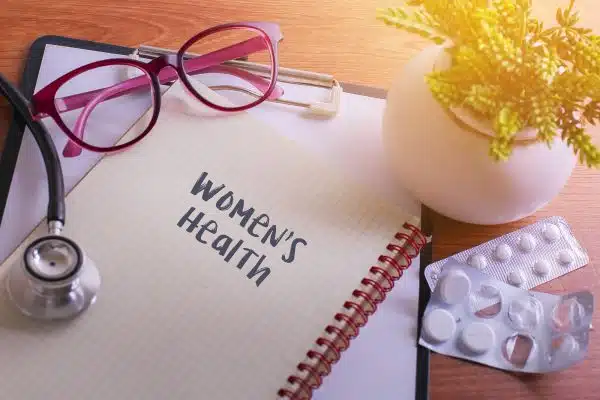Women’s Health & Clotting Risks
Education and Awareness Can Save Lives.

Every year, nearly one million people in the United States will experience a blood clot, and nearly 100,000 of these people will lose their life as a result.
Dangerous blood clots like these include clots that can form in the deep veins of a person’s legs or arms and are called deep vein thrombosis (DVT). A DVT can grow or break apart and then travel to the lung. A blood clot in the lung, known as a pulmonary embolism (PE), is life-threatening.
In about one-quarter of the people who experience a life-threatening PE, the first and only symptom they will experience is sudden death.
Women’s Health & Life-Stage Connections to Blood Clot Risks
To help prevent blood clots, public health experts stress the importance of knowing your blood clot risks and also recognizing the most common signs and symptoms of blood clots.
While there are numerous risk factors for blood clots, in women’s health there are several risks directly linked to three important life stages that women experience.
Estrogen is the common factor among these life-stages.
In some cases, people with a pulmonary embolism (PE) or blood clot in their lung may experience what is called a massive pulmonary embolism (MPE), which is defined as an obstruction of the pulmonary arterial tree that exceeds 50% of the cross-sectional area, causing acute and severe cardiopulmonary failure from right ventricular overload. Up to 50 percent of people with a PE will experience an MPE.
Other Blood Clot Risk Factors
Other factors can further increase a women’s clotting risk during these important life stages:
Download a risk factors checklist here.
Speak to your healthcare provider about all of your potential risks for blood clots.
Blood Clot Signs and Symptoms
The signs and symptoms of a blood clot in the deep veins of a person’s leg or arms include:
Contact your healthcare provider if you experience any of these signs or symptoms.
The signs and symptoms of a blood clot in the lung include:
Seek immediate medical assistance or call 911 if you experience any of these signs or symptoms.
To learn more about blood clots, click here.
To take a general blood clot risk assessment test, click here.
To learn more about pregnancy and blood clotting, click here.
To learn more about menopause treatment and blood clotting, click here.




